Sort:
The average pro reviews rating is 9.3 / 10, based on the 25 reviews.
How we do it
We humanly agregate professional reviews from a number of high quality sites. This way, we are giving you a quick way to see the average rating and save you the need to search the reviews on your own. You want to share a professional review you like?

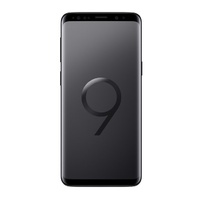

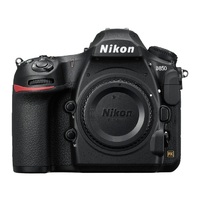
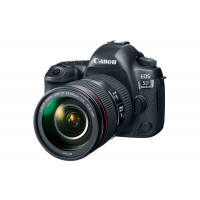

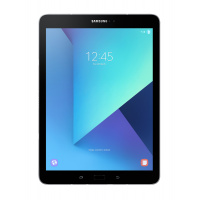
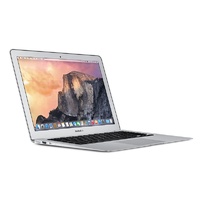









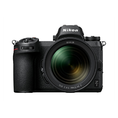


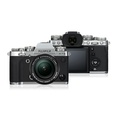



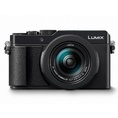







HotHardware‘s review Edit Like Unlike
Mar 22, 2012
hardocp‘s review Edit Like Unlike
Mar 22, 2012
hardocp‘s review Edit Like Unlike
Mar 28, 2012
hardocp‘s review Edit Like Unlike
Apr 04, 2012
hardocp‘s review Edit Like Unlike
Apr 25, 2012
HEXUS‘s review Edit Like Unlike
Mar 22, 2012
HEXUS‘s review Edit Like Unlike
Mar 30, 2012
HEXUS‘s review Edit Like Unlike
Apr 02, 2012
AnandTech‘s review Edit Like Unlike
Mar 22, 2012
PC Advisor‘s review Edit Like Unlike
Apr 17, 2012
www.legitreviews.com‘s review Edit Like Unlike
Apr 05, 2012
computershopper‘s review Edit Like Unlike
Mar 23, 2012
expertreviews‘s review Edit Like Unlike
Mar 22, 2012
overclockersclub‘s review Edit Like Unlike
Mar 22, 2012
PC Magazine‘s review Edit Like Unlike
Mar 22, 2012
hardwarecanucks‘s review Edit Like Unlike
Mar 21, 2012
Tom's Hardware‘s review Edit Like Unlike
Mar 22, 2012
www.legitreviews.com‘s review Edit Like Unlike
Mar 21, 2012
techPowerUp!‘s review Edit Like Unlike
Mar 22, 2012
PC Pro‘s review Edit Like Unlike
Mar 21, 2012
bit-tech‘s review Edit Like Unlike
Mar 22, 2012
bjorn3d‘s review Edit Like Unlike
Mar 22, 2012
TechRadar UK‘s review Edit Like Unlike
Mar 22, 2012
benchmarkreviews‘s review Edit Like Unlike
Mar 22, 2012
www.pcper.com‘s review Edit Like Unlike
Mar 22, 2012